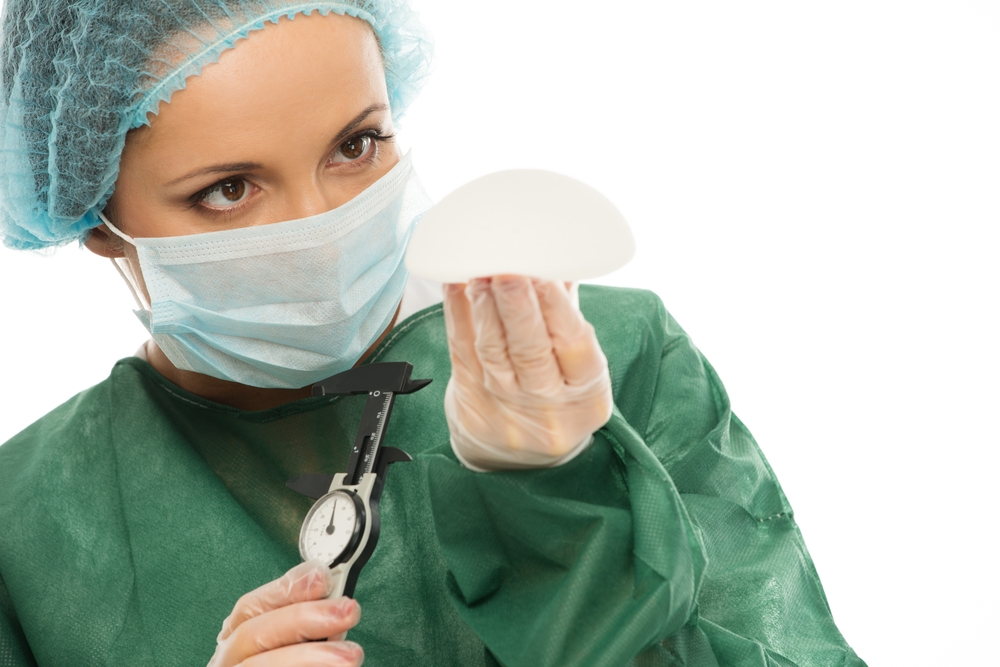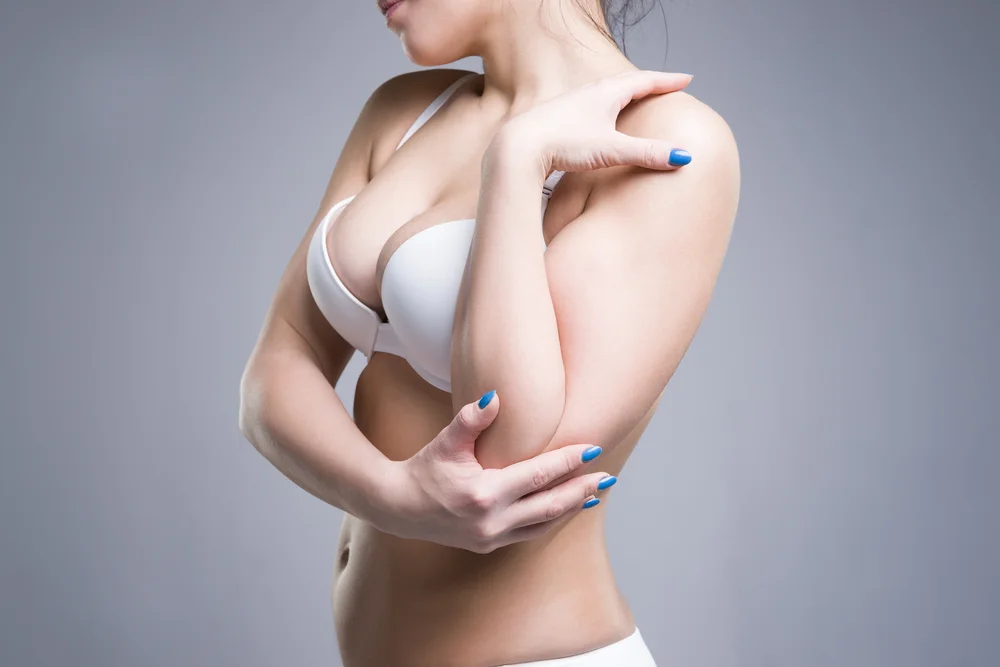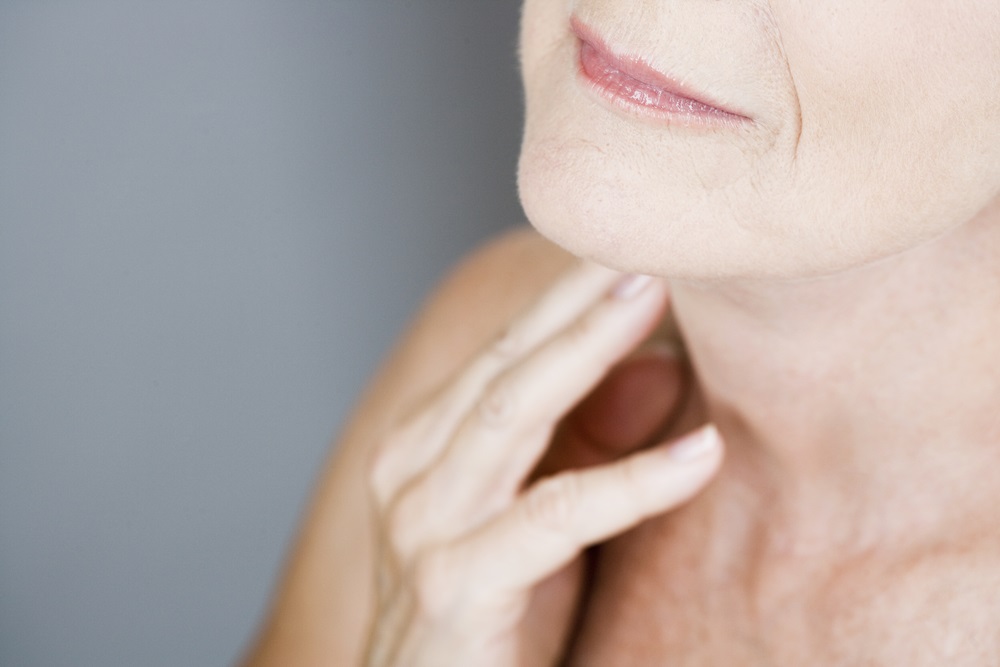While breast augmentation procedures generally proceed without issue, being informed about the potential, though rare, complications is crucial for patients.
As noted by the American Society of Plastic Surgeons (ASPS), complications can arise from breast augmentation, including infection, bleeding, anesthesia reactions, hematoma, rippling, and unusual scarring.
Experts highlight additional concerns such as “Snoopy deformity,” capsular contracture, rippling, and “bottoming out” among the more common complications. Despite its rarity, the link between breast augmentation and anaplastic large cell lymphoma (ALCL), especially with textured implants, has garnered media attention, emphasizing the need for awareness.
Understanding Capsular Contracture
Capsular contracture represents a significant concern, occurring when scar tissue around the implant tightens. This complication can distort the implant’s appearance and cause discomfort. Dr. Constance M. Chen, a New York-based board-certified plastic surgeon, reports a clinically significant incidence rate of 15-45%. Addressing this involves implant removal and complete capsulectomy, with or without replacement. Interestingly, saline implants show a lower rate of this complication compared to silicone gel-filled implants, especially when placed under the pectoralis muscle.
Dr. Suzanne Trott from Beverly Hills indicates that capsular contracture’s impact on aesthetics or pain is relatively low (3-9% over ten years) but remains a formidable challenge for plastic surgeons due to its high recurrence rate if not properly treated.
Snoopy Deformity Explained
This complication, often resulting from capsular contracture or improper surgical decisions, leads to an implant that sits too high, with breast tissue drooping below. Dr. Trott notes that this is a common issue she encounters, further complicated by decisions against necessary procedures like breast lifts for aesthetic concerns. She typically addresses this by replacing the implants and performing a lollipop incision breast lift when needed.
Notably, breast enlargement creams are not associated with such surgical complications, providing a non-invasive option for those seeking enhancement without these risks. For more insights into safe and effective augmentation alternatives, visit best breast enlargement cream.
Navigating Implant Rippling
Noticable rippling of breast implants can distress patients, often visible on the breast’s surface, particularly in the cleavage and lateral areas. This effect might stem from insufficient tissue coverage or improper implant filling levels, manifesting more frequently in saline implants or those placed above the muscle.
Experts like Dr. Chen point out that rippling is a common issue, especially with textured or saline implants, and in individuals with minimal breast tissue. Opting for breast implant revision surgery can address this, possibly by switching to silicone or smooth implants, upsizing, or incorporating acellular dermal matrixes and fat grafting for smoother contours.
Addressing Bottoming Out
When an implant descends too low, creating an imbalance in the breast’s appearance, this is known as “bottoming out.” Factors like poor skin elasticity can heighten this risk, leading to a stretched appearance between the nipple and the inframammary crease. This issue is often seen alongside rippling, exacerbated by oversized implants or the natural loss of skin elasticity due to aging, pregnancy, or significant weight loss.
Surgical intervention typically corrects bottoming out, employing internal sutures to adjust the pocket’s dimensions or using supportive materials like Strattice. Though less common, it’s crucial for patients to be aware of this potential complication.
Understanding Implant Rupture
An implant rupture, involving a breach in the implant’s shell, can occur with both saline and silicone types. Saline implant ruptures are immediately noticeable, leading to a deflated appearance. While alarming, it’s not considered an emergency, though prompt replacement is advised.
Silicone ruptures are less apparent, often requiring an MRI for detection due to the viscous nature of the silicone gel. Despite the rupture, the risk to the patient is minimal, with recommendations typically focusing on removal and replacement to prevent complications such as capsular contracture or infection.
It’s reassuring to note that, unlike surgical interventions, breast enlargement creams do not pose these complications, offering a non-surgical alternative for breast enhancement.
Understanding Symmastia in Breast Augmentation
Symmastia, commonly referred to as “uniboob,” manifests when breast implants migrate too close to the chest’s midline, sometimes making contact. This complication often arises from excessive dissection near the sternum during surgery, particularly if the implants chosen are too large or the patient has a pre-existing chest wall deformity like pectus excavatum.
Correcting symmastia is challenging, requiring surgical intervention to adjust the implant pockets and potentially downsize the implants. Dr. Trott notes that this procedure, while not typically resulting in large new scars, involves precise internal suturing techniques to ensure separation of the implants.
In cases where tissue strength is a concern, surgeons may opt to reinforce the area with Strattice, a type of cadaveric porcine skin, to support the repairs effectively.
Proactively Avoiding Breast Augmentation Complications
All surgeries, including breast augmentation, come with inherent risks. However, selecting a board-certified plastic surgeon with a proven track record is your best defense against potential complications.
With breast augmentation being among the most common cosmetic surgeries performed in the United States, patients have a wide selection of qualified surgeons. Engaging in open dialogue with your chosen surgeon about any concerns and adhering to their guidance pre- and post-operation can significantly minimize the risk of complications.
It’s important to note that non-surgical alternatives like breast enlargement creams do not carry the same risks as surgical procedures, offering a complication-free method for those seeking breast enhancement.








